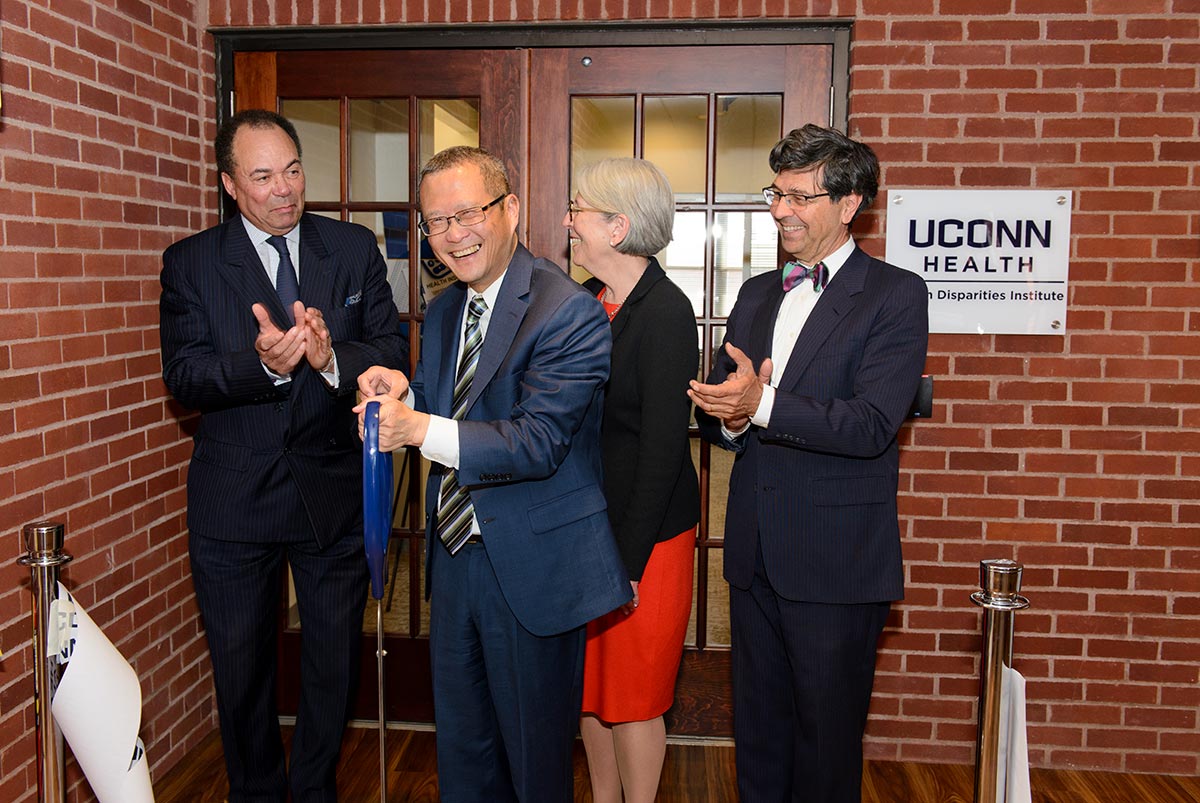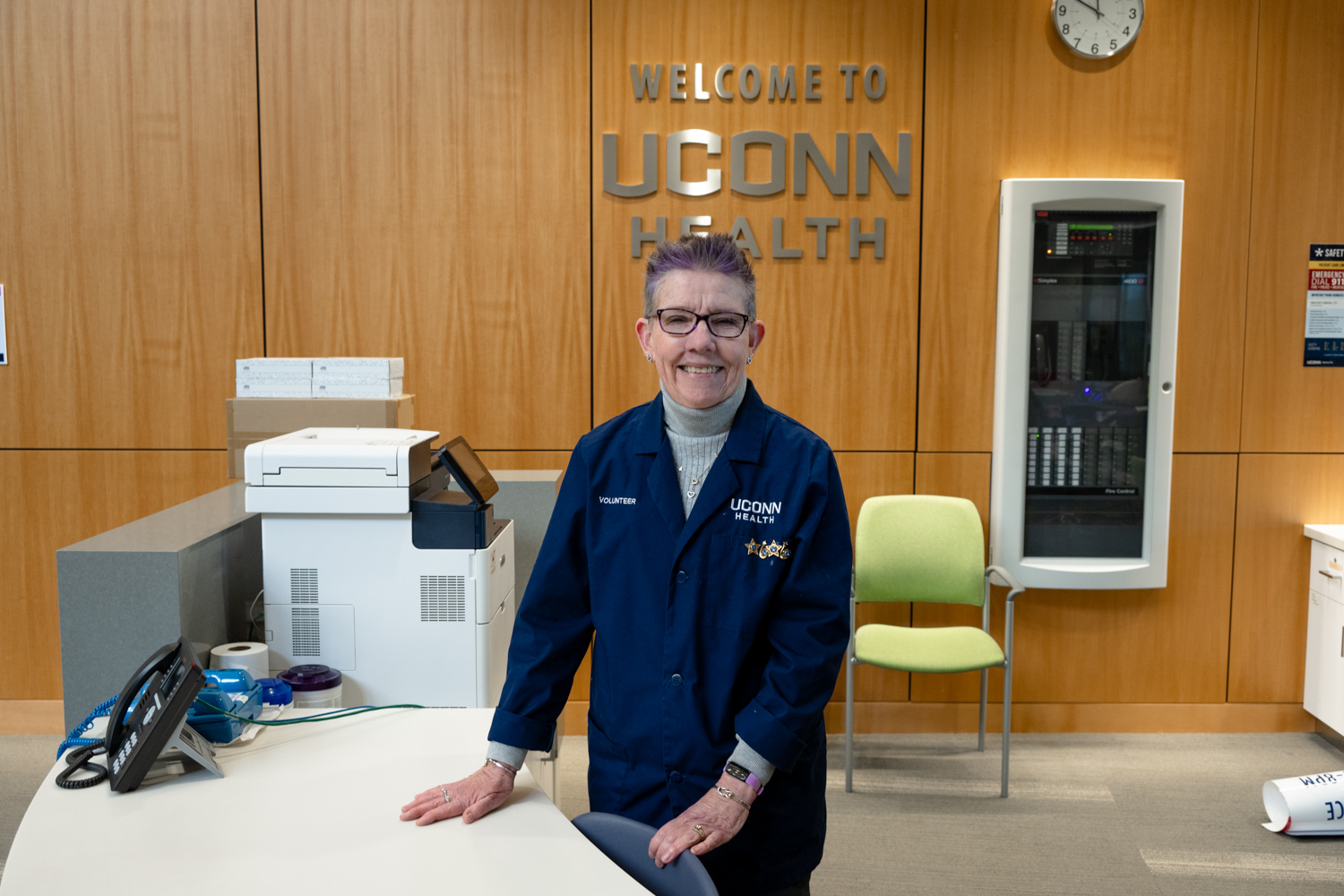UConn Health has opened its new Health Disparities Institute (HDI), just south of downtown Hartford.
The location, 241 Main St. in the city’s South Green neighborhood, positions the Institute within the communities it serves.
UConn established the Health Disparities Institute as part of the Bioscience Connecticut initiative to enhance research and the delivery of care to minority and underserved populations in the state.
“We are now just a short walk to several of our partners: the Hispanic Health Council, Health Equities Solutions, the Connecticut Health Foundation, the Connecticut Coalition to End Homelessness, and many others… including the churches that we’ve been working with for so many years,” says Judith Fifield, HDI’s director. “Being downtown is going to help us to focus more closely on the research we have been conducting, such as our faith-based research in the African-American churches here in Hartford.”
Bioscience Connecticut is a package of state investments in UConn Health and other health care entities in the region introduced by Gov. Dannel P. Malloy six years ago bolstering the state’s health care and biomedical research capacities while creating thousands of jobs.
HDI leaders offered tours of the new space, on the building’s fifth floor, and highlighted the group’s recent achievements, including findings from its recent study of health insurance literacy in Connecticut.
That study concludes many people have difficulty understanding their plans and using them to their fullest extent. Recommendations include a coordinated statewide collaboration with health insurers to simplify their plans and their language, an educational awareness campaign, and offering trained health insurance navigators to guide patients.



